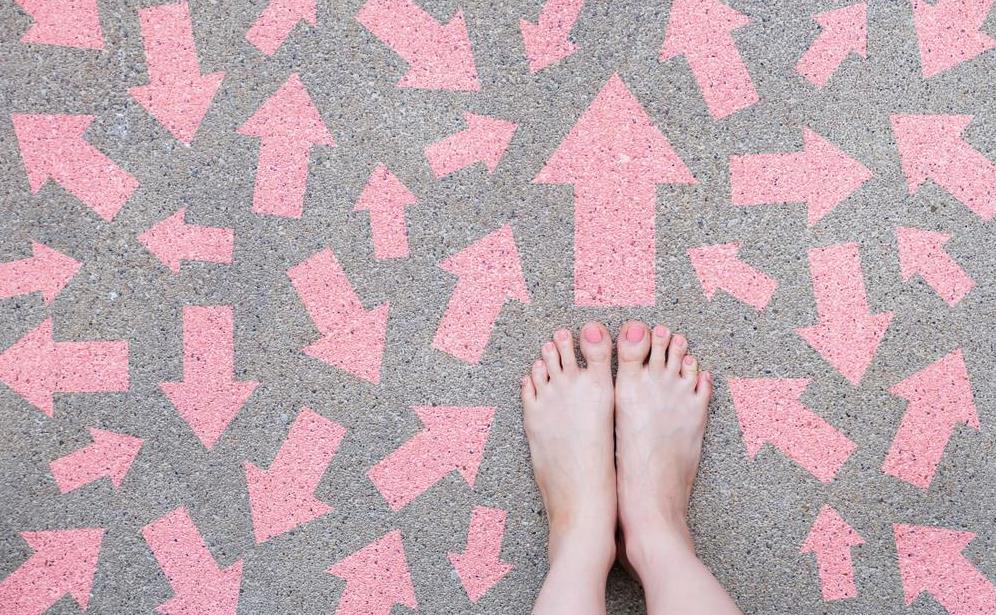Data collected over the last month shows that 24% of audiences nationally report they have attended a museum, gallery, cinema or cultural event “in the last fortnight”, when asked.
While full recovery of the cultural sector is some way off, and with significant variation from state to state, the picture nationally points to audiences saying they are ‘very comfortable’ to support cultural venues.
The Audience Outlook Monitor is being delivered in an Australian-first partnership between seven government agencies and two research organisations, Patternmakers (Sydney) and WolfBrown (USA).
Over 15,000 respondents from 152 organisations contributed to the second phase of data collection in July 2020.
Since baseline data was first collected in May 2020, audience readiness to attend has increased from 22% to 28% nationally. Breaking that down state by state, confidence is currently highest in the Northern Territory (39%, stable since May 2020) and lowest in Victoria (20%) and the Australian Capital Territory (ACT) (20%), in line with current concerns about community transmission.
Australia Council CEO Adrian Collette AM said: ‘These trends are encouraging and highlight the importance of supporting the cultural sector to survive and thrive, so we can all reap the significant benefits to our wellbeing and our recovery.’
However, some respondents state they would like to receive more communication from cultural venues about what to expect in different spaces and how audience members can play a part in keeping others safe.
Where the trends for attendance sit
Sitting highest in attendance comfort levels nationally are museums and galleries, with 93% of audiences willing to attend. Next are community art spaces (87%) and outdoor events (70%).
A significant proportion of audiences (42%) are making firm plans to attend in future and 10% have bought a ticket to a live show or performance recently, for events spanning from July 2020 into 2021.
Conversely, the number of audience members saying their long-term attendance will be negatively affected has increased to 22% nationally, up from 15% in May.
Some audience members expect to spend less than they did before (17%), though the majority say they will spend the same (72%) or more (11%) when they return to arts and culture events.
Unsurprisingly, participation in arts and culture at home has grown, with 73% of respondents recently consuming online experiences such as live-streamed events and virtual exhibitions.
More than half (54%) say they are engaging online more frequently, and most of these people (72%) expect to continue after the pandemic ends.
Tandi Palmer Williams, Managing Director of research agency Patternmakers, said of the findings: ‘Provision of high-quality cultural experiences online has given audiences a way to stay creative, connected and well during the pandemic.
‘The level of creative output and strong rates of participation mean that artists and cultural organisations are also driving economic activity right now. The proportion paying for experiences online has even increased slightly to 36%, with 38% of those spending over $50 in the past fortnight,’ she added.
Understanding this snapshot
The government agencies involved in the Audience Outlook Monitor data study are the Australia Council for the Arts; Creative Victoria; Create NSW; Arts Queensland; The Department of Premier and Cabinet (South Australia); the Department of Local Government, Sport and Cultural Industries (Western Australia) and the ACT Government.
A cross-sector collaborative survey, it involves museums, galleries, performing arts organisations and festivals, from the country’s largest to micro-companies in regional Australia.
Data will be collected again in September 2020, to track how audience sentiment continues to change as conditions evolve.





